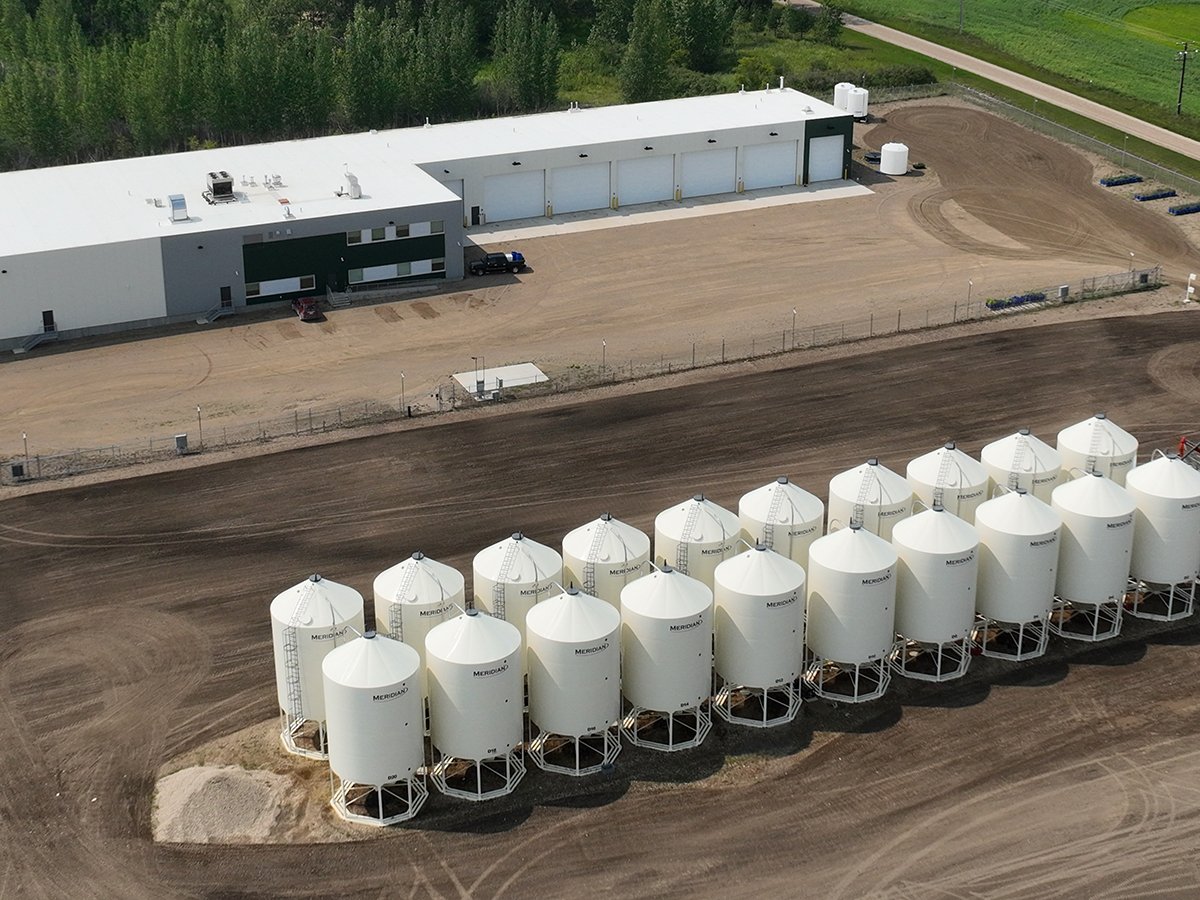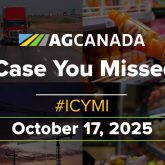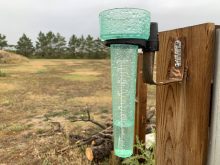The Bank of Canada’s recent announcement that it would hold pat on additional interest rate increases for the time being comes as welcome news to debt-carrying Canadians who owe money on land and real estate.
But that doesn’t mean that the Bank of Canada rate has peaked.
In a conference call with reporters, Farm Credit Canada’s chief economist J.P. Gervais suggested that some financial analysts are beginning to change their views on whether central bank rates have plateaued.
A month ago, financial markets in Canada and the United States seemed fairly certain that central bank rates had gone as high as they need to go to keep inflation in check.
Read Also

Saskatchewan firm aims to fix soil with compost pellets
In his business, Humaterra, Leon Pratchler is helping farmers maximize yields in the weakest areas of their fields through the use of a compost pellet.
But more recently, sentiment has begun to change, prompting some observers to consider the potential for further increases.
FCC, Canada’s largest farm lender, is still working on the assumption that the Bank of Canada will hold its key policy rate steady at 4.5 percent for the rest of 2023.
In fact, FCC is even projecting a modest rate cut of 25 basis points before the end of the year, Gervais said.
But that could change, he warned.
“FCC has not yet changed any of the (interest rate) assumptions we’re working with,” Gervais said.
“We still think that interest rates are going to stay where they’re at in 2023.”
But attitudes elsewhere could be changing, particularly south of the border, where central banks may not be finished raising interest rates.
For Canadian farmers, the prospects of additional rate hikes in 2023, or a delayed pivot toward lower rates, would come with a significant financial cost.
According to the most recent farm indebtedness figures from Statistics Canada, total outstanding farm debt in Canada topped $129 billion more than a year ago.
About 15 percent of the borrowers in FCC’s portfolio, which includes agri-food businesses and primary producers, will be renewing their debt repayment terms within the next two years.
Gervais said a positive outlook for farm revenues bodes well for farmers’ ability to service their debt loads in a higher interest rate environment.
But he acknowledged that higher interest rates and ongoing rate uncertainty could affect farmland purchases.
“I do think that we’re not yet seeing the full impact of higher interest rates on the demand for farmland,” he said.
















